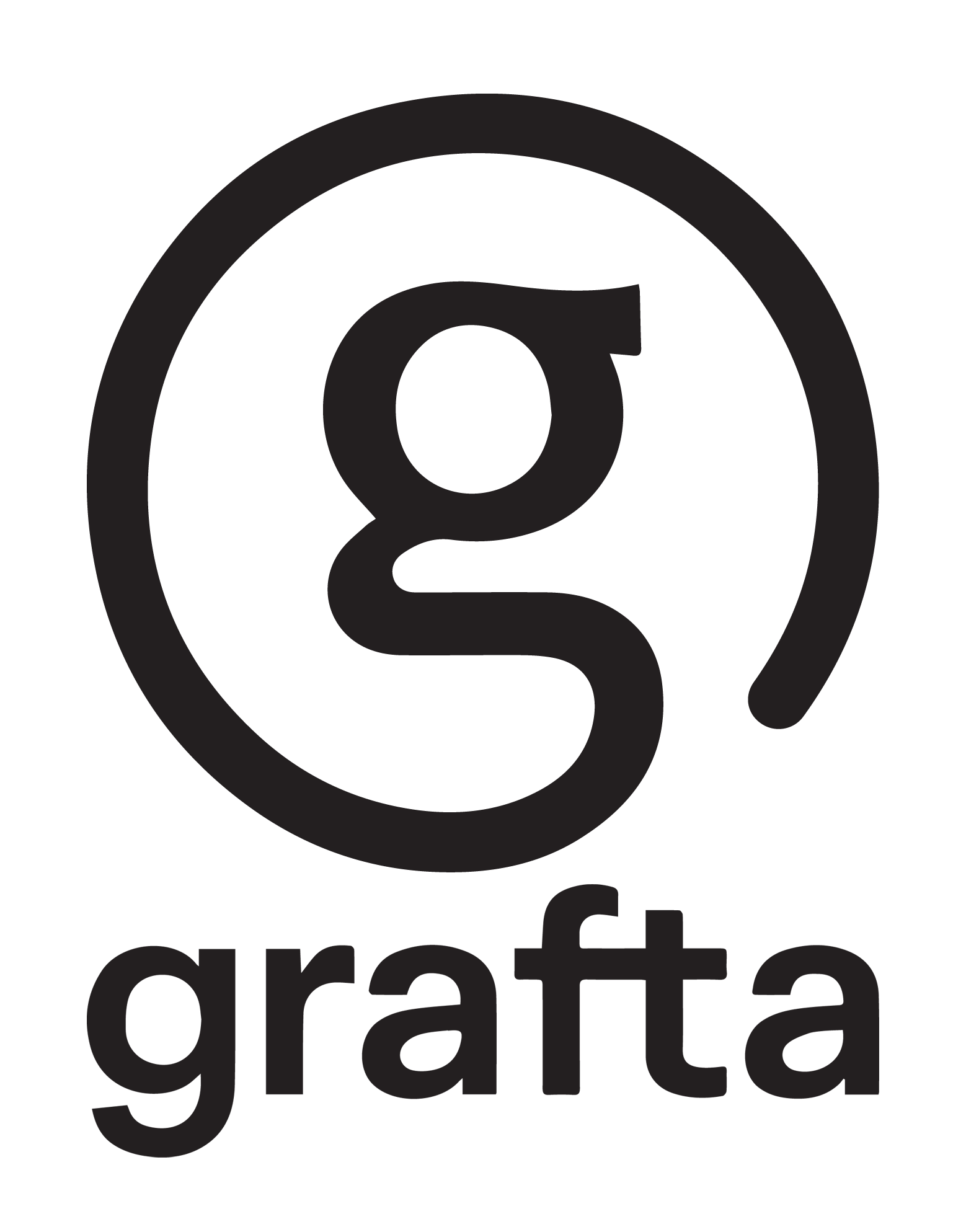Before communicating, you have to think.
And before you think, you have to structure.
In architecture, design is more than just representation.entation - is a way of thinking. To plan is to organize. Designing is anticipating. And, in a way, communicating is that too. The way a studio talks about what it does, the channels it chooses to showcase itself, the language it adopts, are all part of an expanding identity.
At Grafta, we believe that communication is part of the project. It doesn't come afterwards or on the sidelines. It comes with it, from the way the studio presents itself to the way it writes a biography, chooses what to publish and decides when to publish it. These gestures, however small they may seem, carry more weight than you might think.
Communication has language, rhythm and intention. It can be schematic or emotional, narrative or objective. But it is never neutral. Even silence communicates. Even blank space says something. And that's why communicating is drawing with words, images and time.

Like an architectural project, communication requires coherence between concept, materiality and expression. And this coherence is rarely spontaneous: it needs intention, structure and planning. Many studios feel they do a lot but show little. Not for lack of quality, but for lack of direction. The channels are there, but the narrative isn't aligned. The image is there, but the discourse is still hesitant. And the result is a fragmented presence that doesn't translate what you want to convey.
This is the starting point for many of the consultancy sessions at Grafta. We start by analyzing how the studio communicates. Not just what it says, but how. What words it uses, which projects it chooses to highlight, how it organizes its portfolio. And change often starts with small gestures: changing the description of a project, reworking a bio, aligning the tone between the website and the networks.
Communicating is designing presence.
And, as with any drawing, each stroke has a reason.
If we design with intention, why would we communicate without it?

